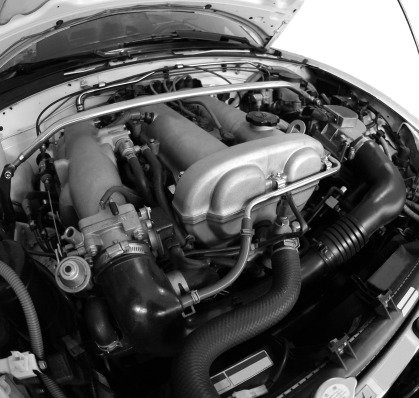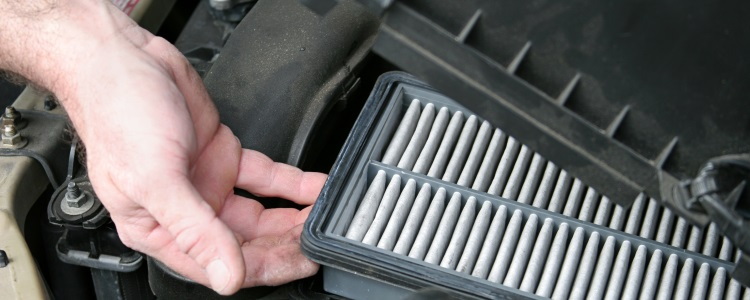It's a nice day out. All is right in the world, you have finished all of your daily errands and now you are heading home to relax. That's when you see a light on your dashboard flick on. It's the check engine light. Your mind immediately tries to think of something – anything – as to why this light just came on and won't go away. So, what should you do if your check engine light comes on?

What to do When Your Check Engine Light Comes On
Check engine? I don't want my car to blow up!
First of all, don't panic. If the engine light isn't flashing, you have time to get it checked out. However, if it is flashing you should pull your vehicle over and get it to a mechanic right away. If you're close enough, you can try to take it to the shop that handles all your car maintenance.

While there are many reasons for the CEL to come on, the most common reasons have to do with the following:
- Cracked or improperly sealed gas cap – I've had this happen to me. When it is not sealed properly, air gets into the fuel tank and messes up the fuel system. Your gas mileage will be reduced and harmful emissions will increase. After much research on the Internet, I finally took my car up to the local auto parts store, where they used a code reader to interface with the OBD (Onboard Diagnostics) system. It indicated that my issue may be the gas cap. Fortunately, it was. It took about a week or so for the light to turn off, but the problem only cost me maybe $10 to fix.
- Malfunctioning O2 sensor – This sensor monitors the amount of fuel that is burned as well as the unburned oxygen from the exhaust. When it is malfunctioning, it will adversely affect gas mileage. A large amount of cars will have between 2 to 4 of these sensors and the code reader will indicate which one needs to be replaced.
- Catalytic convertor – This unit is utilized to reduce gases from the vehicle exhaust. When faulty, it will cause a decrease in your gas mileage and your car will not accelerate when you lay on the gas pedal. If this is the issue, you could pay anywhere from $150 - $2,000 depending on where you reside due to state emission standards.
- Sparkplug wires – Spark plugs initiate combustion in your engine. When not working properly, they misfire and you will feel a slight jolt in the car when you are accelerating. Depending on the placement of the spark plugs in your vehicle, this may or may not be a do-it-yourself fix.
- Mass air flow sensor – This unit regulates the fuel-to-air ratio to the engine. A broken one will cause increased emissions, stalling and reduced gas mileage. The cost of repair for this usually ranges from $200 - $300. If you know what you are doing and have time, you could do this repair yourself, but the majority of the cost is in the parts since the labor is relatively simple. You may just want to take it in to a licensed mechanic instead and save yourself some time.
Taking Care of the Engine in Your Used Car
We here at Auto Credit Express want you to get the best out of your new or used car. Just remember that whatever the problem may be, don't panic and get it looked at as soon as you can. You could save yourself a lot of time and money by taking it up to your local auto parts store and getting it checked out.
And don't forget that if you ever need an auto loan to buy your next vehicle, we're here to help you with that as well.

Auto Financing Writer
Dave is a Senior Vice President for Auto Credit Express and a contributing writer. Dave’s years of experience working with car dealerships give him a unique perspective in writing for our consumer audience.
Suggested Posts For You
Receive Free Updates
Get the latest credit tips, resources and advice delivered straight to your inbox.













